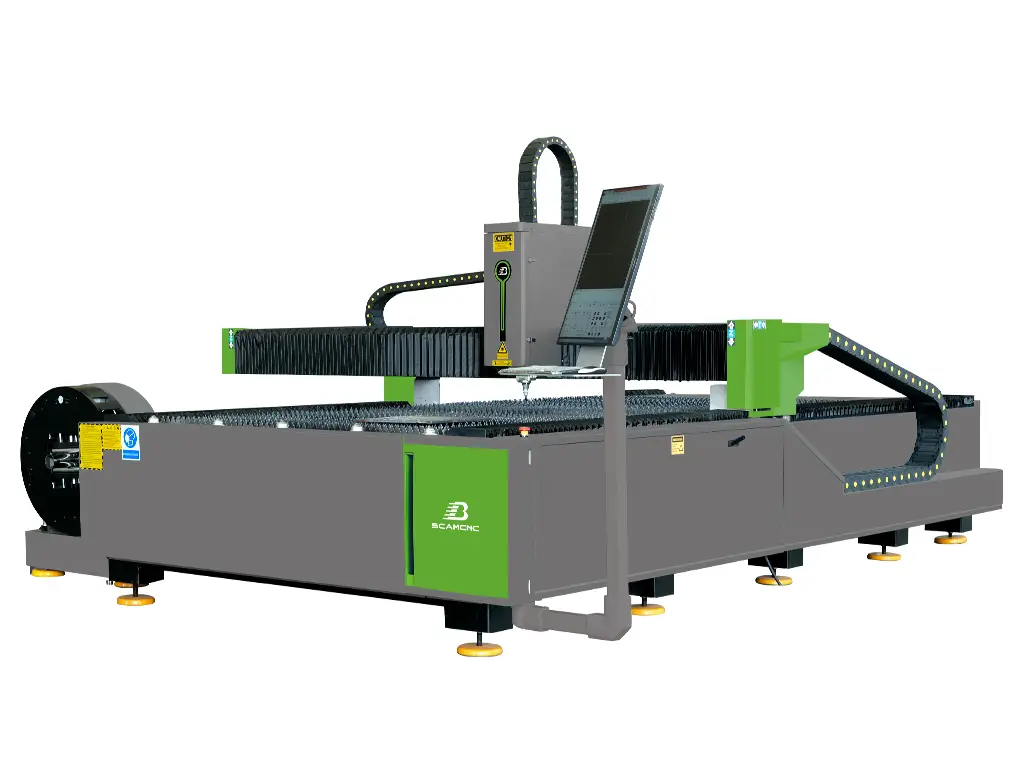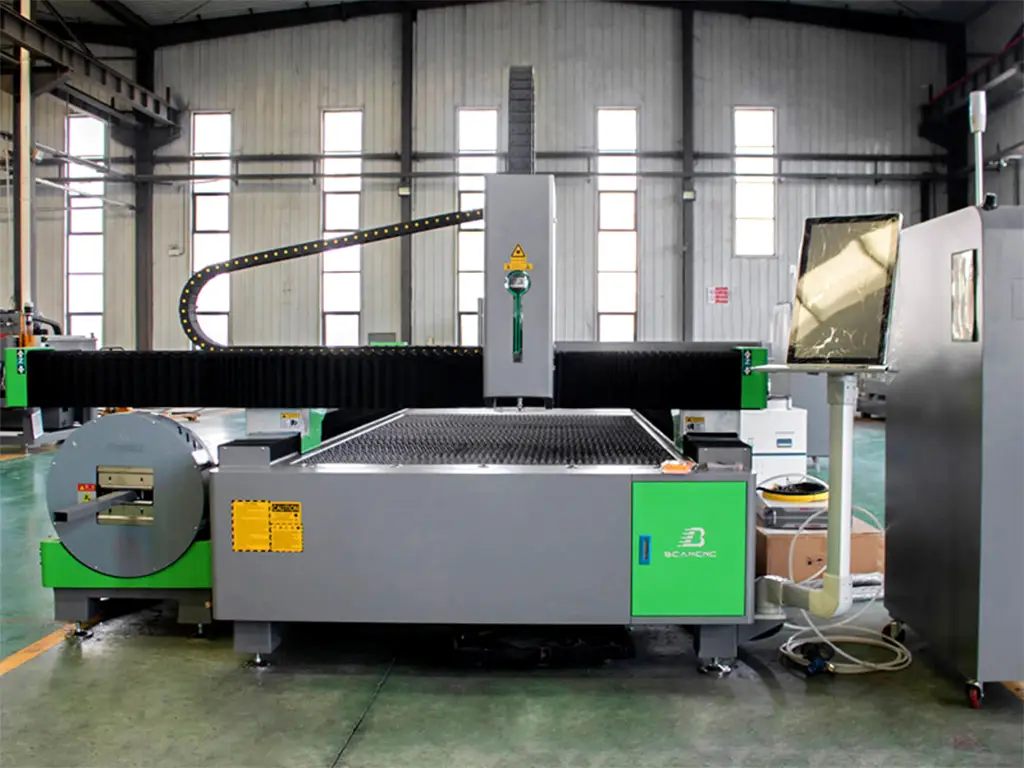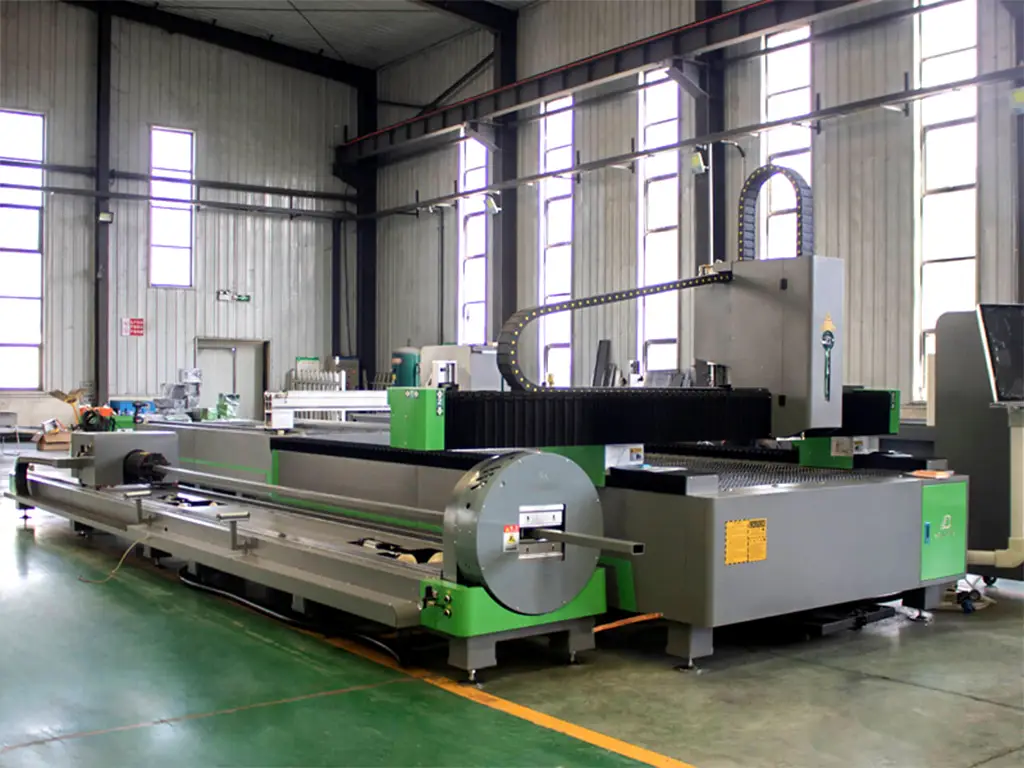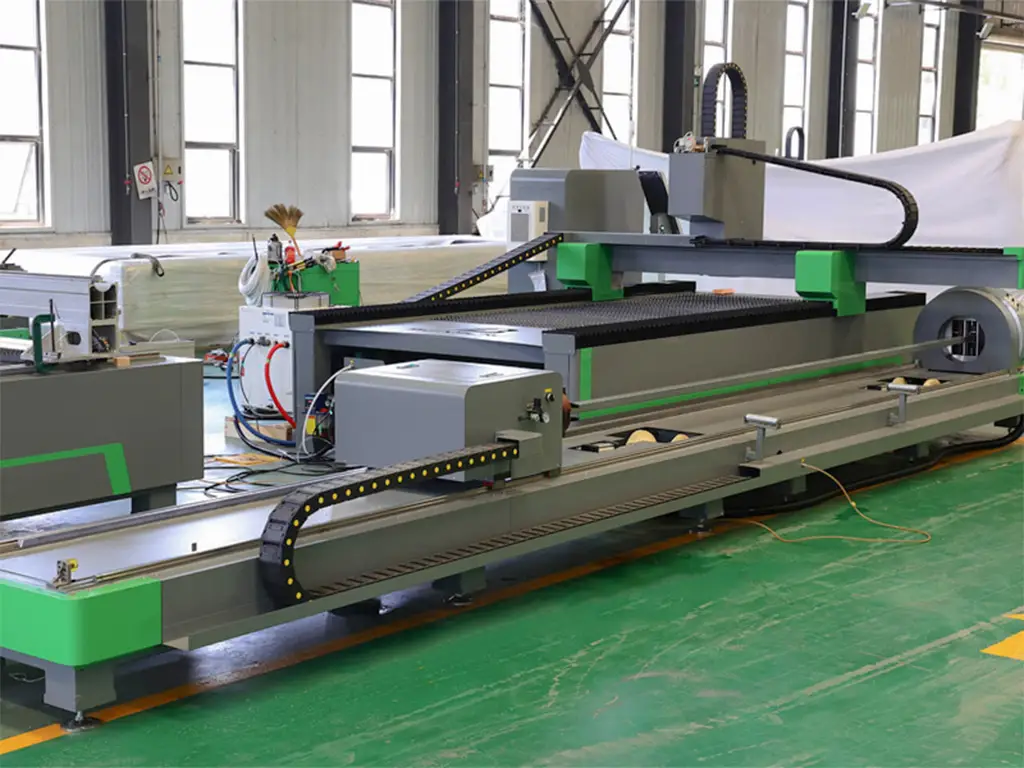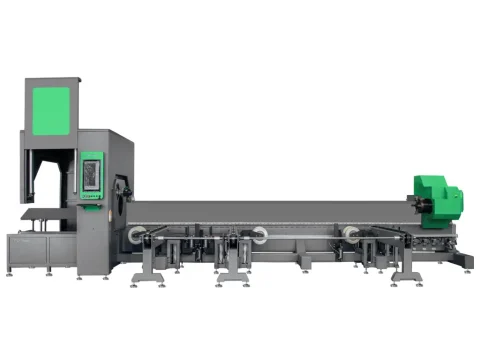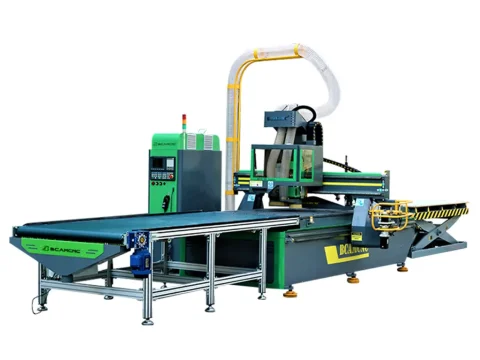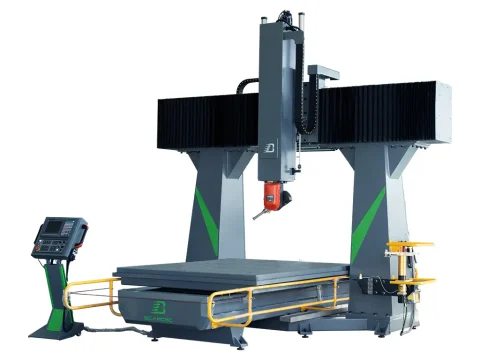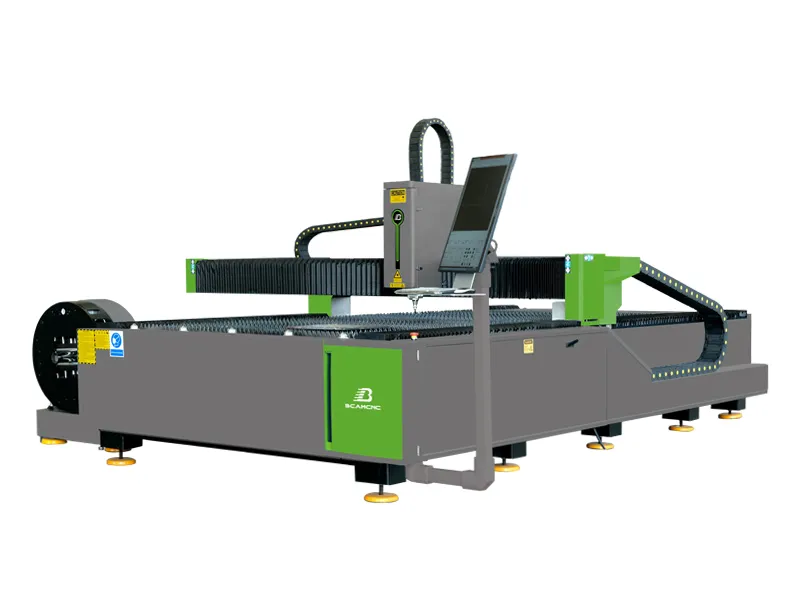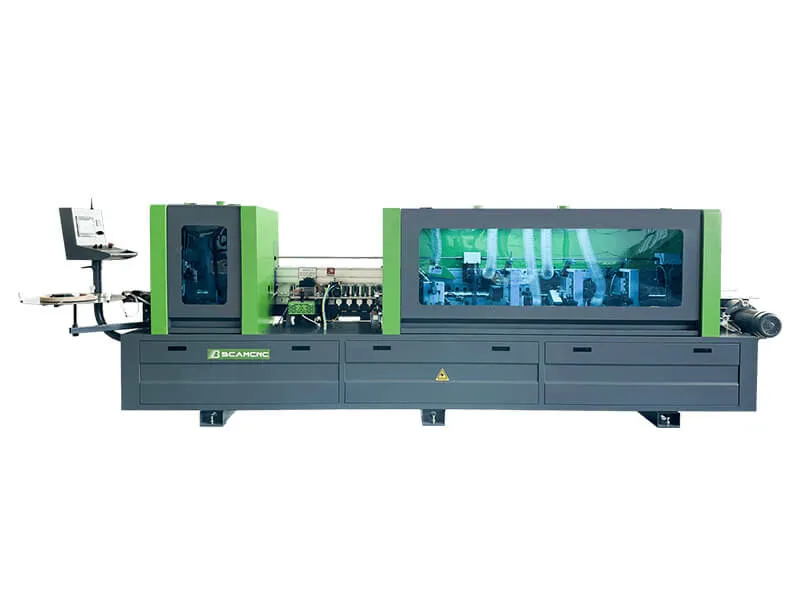Fiber Laser Cutting Machines in the Metal Industry: Transforming Efficiency and Precision
Fiber laser cutting machines have revolutionized the metal fabrication industry, offering unprecedented speed, precision, and versatility. As manufacturers demand higher productivity and tighter tolerances, fiber laser technology has emerged as a key solution to meet these challenges. From automotive components to aerospace parts, architectural structures to industrial machinery, fiber laser cutting machines are becoming indispensable in modern metalworking processes. This article explores their applications, advantages, and impact on the metal industry, providing valuable insight for engineers, fabricators, and business decision-makers.
Introduction to Fiber Laser Cutting Technology
Fiber laser cutting machines operate by generating a high-intensity laser beam through optical fiber technology. Unlike traditional CO2 lasers, fiber lasers use a solid-state fiber optic medium to produce laser light, resulting in higher efficiency, lower energy consumption, and superior beam quality. The laser beam is directed onto the metal surface, melting or vaporizing material to achieve precise cuts without mechanical contact. This contactless process reduces tool wear, minimizes heat-affected zones, and ensures clean edges.
Why the Metal Industry Chooses Fiber Laser Cutting Machines
- High Precision and Accuracy: Fiber laser machines achieve extremely tight tolerances, often within ±0.05 mm, making them ideal for applications requiring intricate shapes and fine details.
- Fast Cutting Speeds: The high power density of fiber lasers enables rapid material removal, reducing production time and increasing throughput.
- Versatility in Materials: Fiber lasers can cut a wide range of metals, including stainless steel, carbon steel, aluminum, copper, brass, and titanium, supporting diverse industry needs.
- Cost Efficiency: Lower maintenance, reduced power consumption, and minimal material waste contribute to cost savings over time.
- Automation and Integration: Fiber laser systems can be integrated with automated feeding, nesting software, and robotic handling systems to create fully automated production lines.
Applications in Automotive Manufacturing
In the automotive sector, fiber laser cutting machines are used extensively for both structural and decorative components:
- Chassis and Body Panels: Precision cutting of steel and aluminum panels ensures accurate fit and structural integrity.
- Exhaust Systems and Brackets: Laser cutting provides clean edges and precise hole placement, improving assembly efficiency.
- Interior and Decorative Components: Fine cuts and intricate designs are possible on metal trims, ventilation covers, and decorative inserts.
The speed and precision of fiber laser cutting allow automotive manufacturers to reduce production time while maintaining high-quality standards for safety and aesthetics.
Aerospace and Aviation Applications
The aerospace industry demands extremely high precision and consistency, making fiber laser cutting machines ideal for:
- Structural Components: Cutting lightweight aluminum and titanium alloys for airframes and panels.
- Engine Parts: Precision cutting of turbine components, brackets, and housings.
- Electrical Enclosures: Creating exact shapes for wiring channels and protective housings.
Fiber laser cutting reduces material distortion and ensures smooth edges, critical for high-performance aircraft parts that must meet strict regulatory standards.
Construction and Architectural Metalwork
Architects and builders increasingly use fiber laser cutting for metal components in buildings and infrastructure projects:
- Steel Beams and Plates: Fast and accurate cutting of structural steel for frameworks.
- Decorative Panels: Laser-cut patterns in stainless steel or aluminum for facades, ceilings, and partitions.
- Custom Fixtures: Precise cutting for railings, staircases, and other architectural elements.
Laser cutting allows designers to achieve complex geometries and aesthetic designs without compromising structural integrity.
Industrial Machinery and Equipment
Fiber laser cutting machines enhance production in heavy machinery and equipment manufacturing:
- Gear and Component Fabrication: Cutting of steel plates for machine bases, housings, and gear components.
- Hydraulic and Pneumatic Systems: Precise fabrication of metal valves, brackets, and panels.
- Tooling and Fixtures: Custom jigs and fixtures cut with high accuracy for assembly and production lines.
The precision and repeatability of fiber laser systems minimize errors and ensure reliable assembly in industrial machinery.
Advantages Over Traditional Cutting Methods
Fiber laser cutting offers several benefits compared to conventional cutting methods such as plasma cutting, water jet cutting, and mechanical shearing:
- Higher Cutting Speeds: Fiber lasers cut thin and medium-thickness metals faster than most traditional methods.
- Reduced Material Distortion: The focused laser beam minimizes heat-affected zones, preserving material properties.
- Lower Maintenance Costs: Unlike CO2 lasers, fiber lasers have fewer moving parts and require less maintenance.
- Energy Efficiency: Fiber lasers convert electrical energy into laser light more efficiently, lowering operational costs.
- Enhanced Safety: Contactless cutting reduces the risk of accidents associated with mechanical tools.
Integration with Automation and Smart Manufacturing
Modern metal fabrication increasingly relies on Industry 4.0 principles, integrating fiber laser cutting machines with automated material handling, CNC programming, and real-time monitoring systems. Key integration features include:
- Automated Sheet Loading and Unloading: Reduces manual labor and cycle time.
- Nesting Software: Optimizes material usage by arranging cut patterns efficiently.
- Robotic Handling: Moves finished parts to storage or assembly stations automatically.
- Remote Monitoring and Diagnostics: Allows predictive maintenance and reduces downtime.
Such integration transforms fiber laser cutting machines into central components of smart, highly efficient production lines.
Material Considerations and Cutting Capabilities
Fiber laser cutting machines can handle a broad spectrum of metals and thicknesses. Typical cutting capabilities include:
- Stainless Steel: Up to 25 mm thickness
- Carbon Steel: Up to 30 mm thickness
- Aluminum: Up to 12 mm thickness
- Copper and Brass: Up to 6 mm thickness
- Titanium: Up to 10 mm thickness
The choice of laser power, focus lens, and cutting speed is critical to achieving optimal results for each material type.
Case Study: Manufacturing Efficiency Gains
Consider a medium-sized metal fabrication shop producing automotive brackets and machinery panels. Before adopting a fiber laser cutting machine, the shop relied on traditional shearing and punching methods, resulting in slower production, higher material waste, and more rework. After integrating a 3 kW fiber laser system with automated loading and nesting software:
- Cutting speed increased by 60%
- Material utilization improved by 20%
- Defects and rework decreased by 40%
- Labor costs reduced by 30%
This example illustrates the tangible productivity and cost benefits achievable with fiber laser technology.
Environmental and Safety Benefits
Fiber laser cutting machines contribute to sustainability and workplace safety:
- Reduced Waste: Precision cutting minimizes scrap material.
- Lower Energy Consumption: High-efficiency lasers use less electricity compared to CO2 systems.
- Cleaner Operation: No cutting fluids or coolants are required.
- Safer Work Environment: Reduced manual handling and contactless cutting lower accident risks.
Manufacturers can achieve both operational efficiency and environmental compliance by adopting fiber laser technology.
Future Trends in Fiber Laser Cutting
As the metal industry evolves, fiber laser cutting technology continues to advance:
- Higher Power Lasers: Machines exceeding 20 kW enable cutting of thicker metals at industrial speeds.
- Hybrid Laser Systems: Combining fiber and CO2 lasers for specialized applications.
- Enhanced Automation: Fully autonomous production lines integrating robotic material handling, storage, and finishing.
- AI and Machine Learning: Predictive maintenance, adaptive cutting parameters, and optimization of production flow.
These trends suggest that fiber laser machines will play an increasingly central role in next-generation metal fabrication.
Conclusion
BCAMCNC Fiber laser cutting machines have transformed the metal industry by offering unmatched precision, speed, and versatility. From automotive and aerospace manufacturing to industrial machinery and architectural metalwork, these machines enable higher productivity, lower costs, and improved quality. Integration with automation and smart manufacturing systems further enhances efficiency and scalability. For metal fabricators seeking to remain competitive, investing in fiber laser cutting technology is not just an option—it is a strategic imperative. By adopting these advanced machines, manufacturers can meet modern industry demands, reduce environmental impact, and achieve superior results across a wide range of applications.
